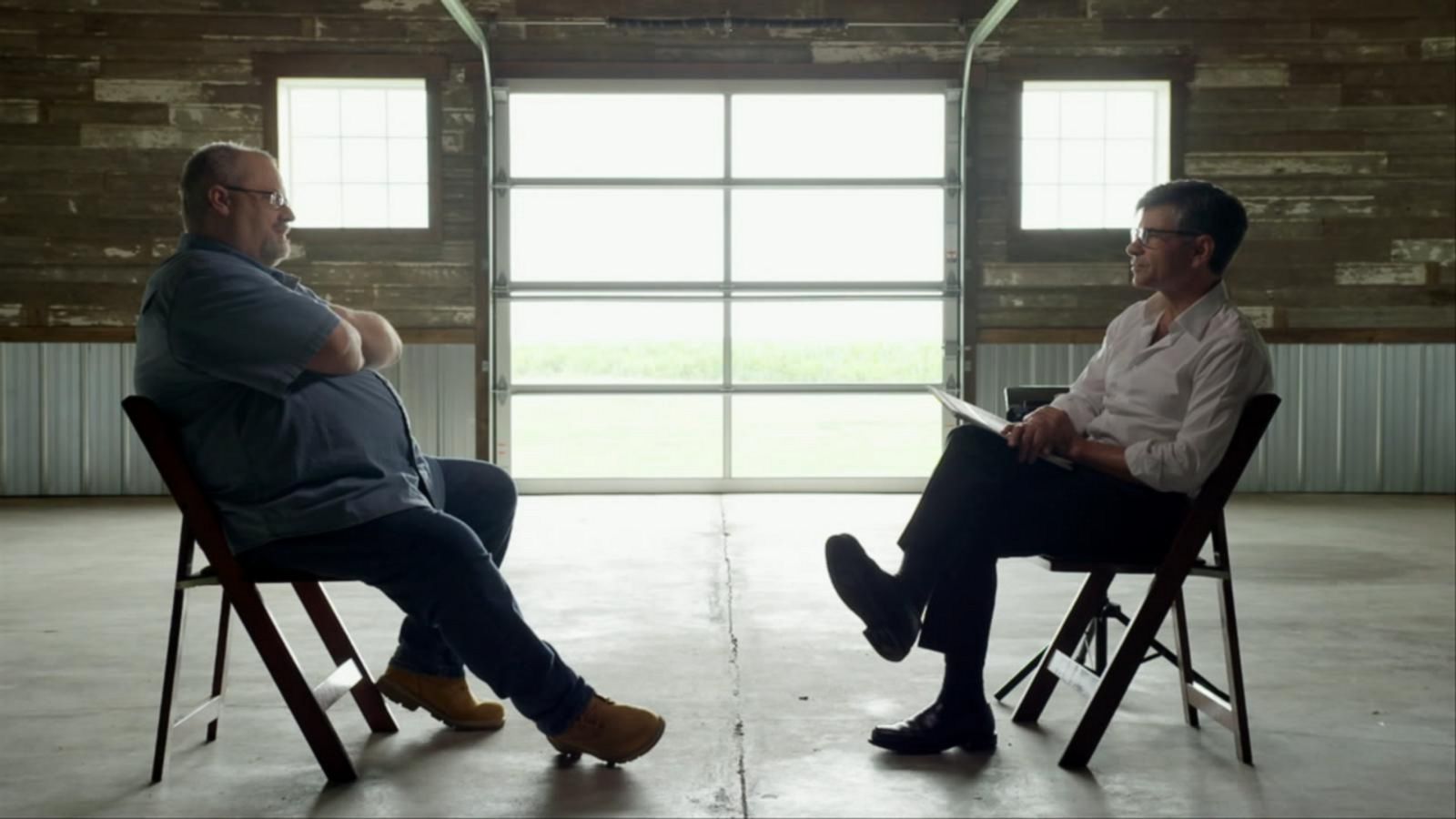Fear and Faith in the Heartland is a compelling narrative that delves into the heart of America's cultural, social, and spiritual landscape. This topic explores how fear and faith coexist and shape the lives of individuals in the heartland of America, influencing their beliefs, decisions, and community values. It's a story of resilience, hope, and transformation amidst challenges.
The heartland of America, often seen as the backbone of the nation, carries with it a rich tapestry of traditions, values, and ideologies. Fear and faith play pivotal roles in shaping the lives of those residing in this region. Understanding these dynamics is crucial to comprehending the broader societal trends affecting the nation as a whole.
As we navigate through the complexities of modern life, the interplay between fear and faith becomes even more pronounced. This article aims to shed light on how these two powerful forces interact and influence the lives of people in the heartland, offering insights and solutions for fostering a more harmonious and inclusive society.
Read also:Discovering The Best S In Council Bluffs A Comprehensive Guide
Table of Contents
- Introduction to Fear and Faith in the Heartland
- Historical Context of Fear and Faith
- Cultural Impact of Fear and Faith
- Faith as a Transformative Force
- Fear and Its Roots in Society
- Community Values Shaped by Fear and Faith
- Economic Factors Influencing Fear and Faith
- Psychological Effects of Fear and Faith
- Case Studies: Real-Life Examples
- Future Perspectives on Fear and Faith
Introduction to Fear and Faith in the Heartland
Understanding the concept of fear and faith in the heartland requires a deep dive into the socio-cultural fabric of America. The heartland, often regarded as the agricultural and industrial core of the nation, has a unique blend of traditions and modernity that influence how fear and faith manifest in everyday life.
Historically, the heartland has been a place where faith has played a central role in community life. Churches and religious institutions have served as pillars of support, offering guidance and solace to individuals facing various challenges. However, in recent years, fear has also become a significant factor, driven by economic uncertainties, political polarization, and social changes.
This section explores how fear and faith interact in the heartland, influencing personal and communal decisions. By understanding these dynamics, we can better appreciate the resilience and adaptability of communities in this region.
Historical Context of Fear and Faith
The history of the heartland is deeply intertwined with the themes of fear and faith. From the early settlers who relied on their faith to overcome the harsh conditions of the frontier to the modern-day residents who face new challenges, the region has a rich history of resilience.
Key Historical Events
- The Great Depression: A time when faith provided strength amidst economic turmoil.
- The Civil Rights Movement: A period where faith and fear intersected in the fight for equality.
- Modern-Day Challenges: Economic shifts and technological advancements have brought new fears and opportunities for faith to play a role.
By examining these historical events, we gain insight into how fear and faith have shaped the heartland over time.
Cultural Impact of Fear and Faith
The cultural impact of fear and faith in the heartland is profound. These forces influence everything from family values to community traditions. Faith often serves as a unifying force, bringing people together in times of need, while fear can sometimes lead to division and misunderstanding.
Read also:Exploring The Versatile World Of Jack Antonoff Albums
Key Cultural Aspects
- Family Values: Faith plays a central role in shaping family structures and values.
- Community Traditions: Religious festivals and gatherings are integral to community life.
- Social Dynamics: Fear can sometimes lead to social tension, but faith often bridges these gaps.
This section examines how fear and faith contribute to the cultural richness of the heartland.
Faith as a Transformative Force
Faith has long been a transformative force in the heartland, offering hope and guidance to individuals and communities. Whether through religious institutions or personal beliefs, faith provides a framework for navigating life's challenges.
Transformative Elements of Faith
- Hope: Faith instills a sense of hope and optimism for the future.
- Community Support: Faith-based organizations offer vital support services.
- Personal Growth: Faith encourages personal development and self-reflection.
By exploring these transformative elements, we can better understand the role of faith in overcoming fear and fostering resilience.
Fear and Its Roots in Society
Fear is a natural human emotion, but its roots in society can be complex and multifaceted. In the heartland, fear often stems from economic uncertainties, social changes, and political polarization. Understanding these roots is essential for addressing the underlying issues that contribute to societal fear.
Root Causes of Fear
- Economic Uncertainty: Job losses and financial instability can lead to fear.
- Social Changes: Rapid changes in demographics and cultural norms can create fear.
- Political Polarization: Divisive politics can exacerbate fear and mistrust.
This section delves into the root causes of fear and how they impact the heartland's communities.
Community Values Shaped by Fear and Faith
Community values in the heartland are deeply influenced by the interplay of fear and faith. These values shape how individuals interact with one another and contribute to the overall well-being of the community.
Key Community Values
- Empathy: Faith encourages empathy and compassion towards others.
- Inclusivity: Overcoming fear can lead to more inclusive communities.
- Resilience: Faith fosters resilience in the face of adversity.
By examining these values, we can better understand the social fabric of the heartland.
Economic Factors Influencing Fear and Faith
Economic factors play a significant role in shaping the dynamics of fear and faith in the heartland. From job losses to technological advancements, economic changes can influence how individuals perceive fear and faith in their lives.
Key Economic Factors
- Job Market Trends: Changes in the job market can increase fear but also provide opportunities for faith-based initiatives.
- Technological Advancements: Innovation can bring both fear and hope, depending on how it's perceived.
- Financial Stability: Economic stability is crucial for reducing fear and fostering faith.
This section explores the economic factors that influence fear and faith in the heartland.
Psychological Effects of Fear and Faith
The psychological effects of fear and faith are significant, influencing how individuals perceive and respond to various challenges. Understanding these effects is crucial for promoting mental health and well-being in the heartland.
Psychological Insights
- Stress Reduction: Faith can help reduce stress and anxiety caused by fear.
- Resilience Building: Faith fosters resilience by providing a sense of purpose and meaning.
- Emotional Well-being: Overcoming fear through faith can lead to improved emotional health.
By examining these psychological effects, we gain insight into the role of fear and faith in mental health.
Case Studies: Real-Life Examples
Case studies provide valuable insights into how fear and faith interact in real-life situations. By examining specific examples, we can better understand the dynamics at play in the heartland.
Notable Case Studies
- Community Recovery Programs: Faith-based initiatives helping communities recover from economic downturns.
- Interfaith Dialogues: Efforts to bridge gaps between different faith communities amidst fear and uncertainty.
- Personal Stories of Resilience: Individuals overcoming fear through their faith and community support.
These case studies highlight the transformative power of faith in overcoming fear.
Future Perspectives on Fear and Faith
Looking to the future, the interplay of fear and faith in the heartland will continue to evolve. As society faces new challenges, the role of faith in addressing fear will become even more critical.
Future Trends
- Technological Integration: How technology can enhance faith-based initiatives.
- Social Cohesion: Efforts to promote unity and inclusivity amidst fear.
- Global Perspectives: Learning from global experiences to address local fears.
This section explores potential future trends and how they might shape the dynamics of fear and faith in the heartland.
Kesimpulan
Fear and faith in the heartland represent a complex and dynamic relationship that shapes the lives of individuals and communities. By understanding the historical, cultural, and economic factors that influence this relationship, we can better appreciate the resilience and adaptability of the heartland's people.
We invite you to share your thoughts and experiences in the comments section below. Engaging in dialogue and sharing stories can help foster a deeper understanding of how fear and faith influence our lives. Additionally, explore other articles on our site to learn more about the topics that matter to you.

